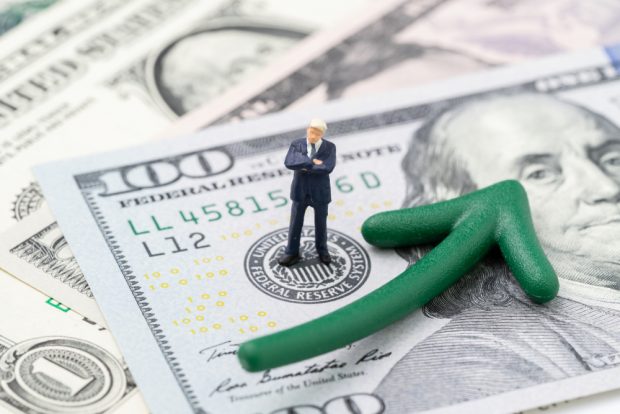 Source: Shutterstock.
Source: Shutterstock.
Banks saw a continuing high level of mortgage originations, an increase in auto originations and a surge in credit card spending last spring.
Second-quarter reports showed conditions are changing in the areas where credit unions operate. About half their loans are in mortgages, a third in autos and credit cards make up a hefty portion of the remainder. The NCUA will start posting its reports late this month.
Recommended For You
On Tuesday, Ally Financial of Detroit reported it originated a record $12.9 billion in automobile loans in the three months ending June 30, up 79% from a year earlier, 26% from March 31 and 33% from June 30, 2019. Home mortgage originations were $2.2 billion, up 80% from a year earlier.
Ally CEO Jeffrey J. Brown said credit trends remain encouraging with conditions returning to more normal levels over the next 12 to 18 months.
"Consumer balance sheets remain healthy," he said, "increasing their ability to borrow and pay."
Van Hesser, chief strategist at Kroll Bond Rating Agency of New York, said Tuesday that gross domestic product is going to fall from its current annual growth rate of 9% a rate of 2.3% by the end of 2022.
"We're at an inflection point economically," Hesser said. "We're headed from this environment of stimulus-fueled boom. An extraordinarily strong economy is now going to normalize."
Retail mortgage originations in the three months that ended June 30 were $109.1 billion for Bank of America of Charlotte, N.C., JPMorgan Chase of New York, U.S. Bank of Minneapolis, Truist of Charlotte and Wells Fargo of San Francisco.
The second-quarter originations were up 6% from a year earlier and 5% from the first quarter. The second quarter's production was the highest in at least two years for JPMorgan Chase and Wells Fargo.
"There's obviously been a huge refi boom over the last year with lower rates. That's starting to slow down a little bit," JPMorgan Chase CFO Jeremy Barnum said. "The purchase market has been quite robust, although now we've seen so much home price appreciation that maybe affordability starts to be a little bit of a headwind."
As of June 18, the Mortgage Bankers Association had forecast $1.05 trillion in second-quarter originations, up 13.1% from 2020's second quarter and down 4% from this year's first quarter.
Ally, Chase and Wells Fargo originated $58.1 billion in auto loans in the second quarter, up 23.1% from 2020's second quarter and up 8.3% from the first quarter.
Auto balances at Bank of America, Chase and Wells Fargo were $165.8 billion as of June 30, up 5.2% from a year earlier and 1.7% from March 31. Among credit unions, CUNA estimated that total car loans stood at $392.8 billion on May 30, up 3.9% from a year earlier and up 1.4% from March 31.
High prices for cars and homes is deterring some consumers from buying those big ticket items, and contributing to their renewed spending on travel and other experiences that they missed during the height of the pandemic, Hesser said.
"I wouldn't expect a significant fall off overall in auto originations," he said. "There will be some from the record levels we saw in the second quarter because of supply constraints and a little bit of sticker shock."
Credit card spending was $327.6 billion in the second quarter at Bank of America, Chase and Wells Fargo. It was up 49% from 2020's second quarter, up 22% from 2021's first quarter and up 24% from 2020's first quarter.
At Bank of America, CEO Brian Moynihan said in its July 14 call that its credit card balances grew as increased spending overcame continued high payment percentages.
"Spending accelerated as COVID vaccinations increase, business reopen and domestic travel increases," Moynihan said.
Credit unions don't disclose their card spending volumes, but the monthly balances reported by banks, credit unions and others showed an unprecedented drop in the 12 months after COVID-19 was declared a pandemic in March 2020. Those trends started to reverse in April and May, especially for credit unions.
Hesser said combined credit and debit card spending is now 20% higher than the pre-pandemic levels of 2019, which reflects an unsustainable boost from fiscal stimulus. "That is remarkable," he said. "We're seeing a lot of vibrancy out of the U.S. consumer."
© 2025 ALM Global, LLC, All Rights Reserved. Request academic re-use from www.copyright.com. All other uses, submit a request to [email protected]. For more information visit Asset & Logo Licensing.








